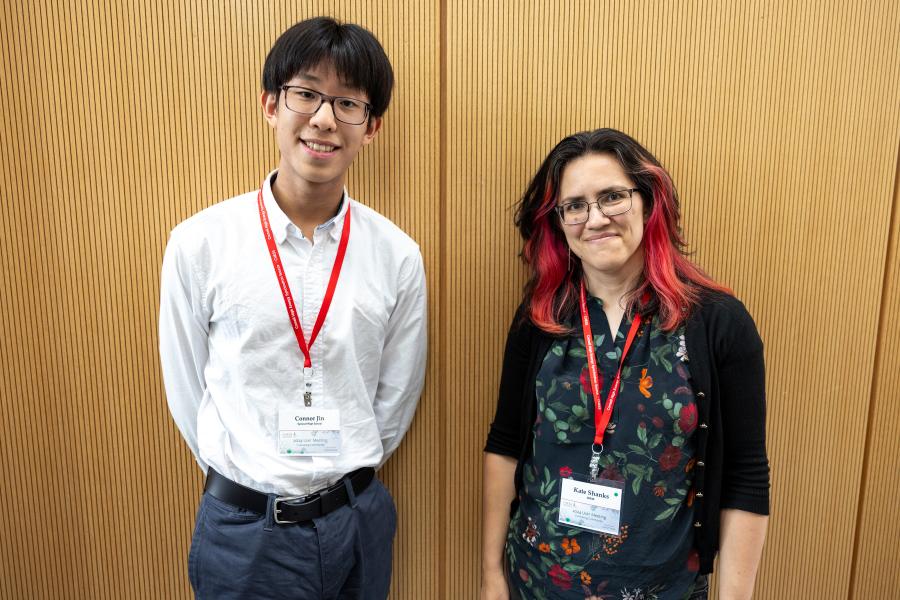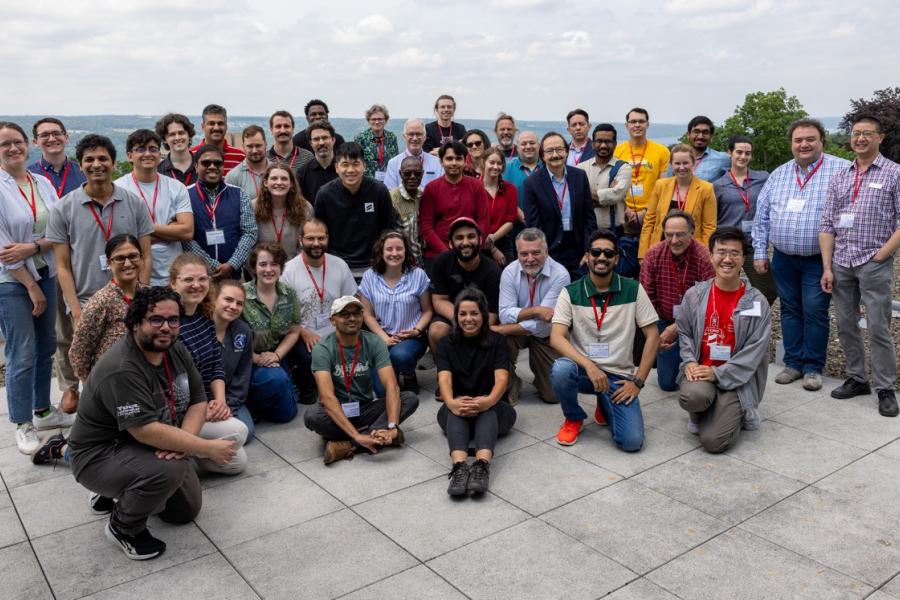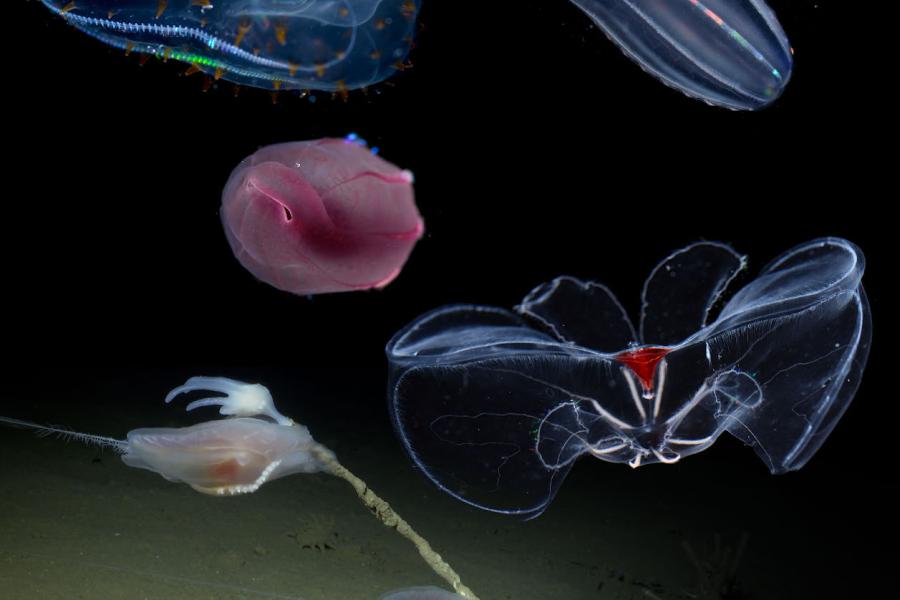Sidebar Menu (View Pages)
- Status
- ⌃ Science
- ⌃ Users
- ⌃ Facilities
- ⌃ Public
- Industry
- ⌃ About
Tags
Featured
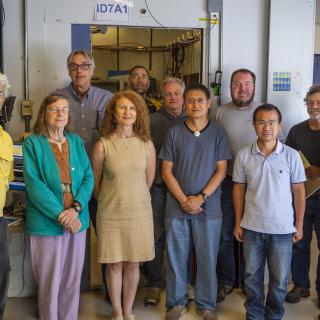
NIH awards $17.4 million to Cornell for CHESS subfacility
A single human cell contains thousands of proteins that perform a vast array of functions, from fighting off viruses to transcribing DNA. By understanding the structure of these proteins, researchers can interpret their functions and develop methods for turning them on and off.
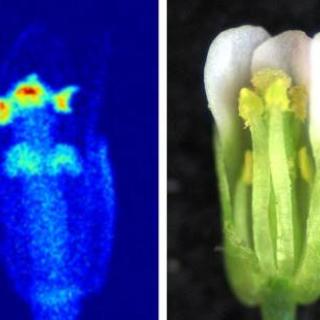
SXRF shows anthers have a craving for copper
Using micro-XRF imaging capability at F3 beamline, the research group led by Olena K. Vatamaniuk has linked the role of the micronutrient copper with pollen fertility and seed/grain yield.
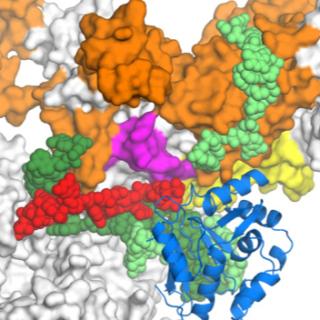
DNA to RNA - more ways than one
Information encoded in our genes controls how we live and grow. As part of this complex process, DNA is transcribed to RNA, one "letter" (nucleotide) at a time, by an enzyme called RNA polymerase (RNAP).
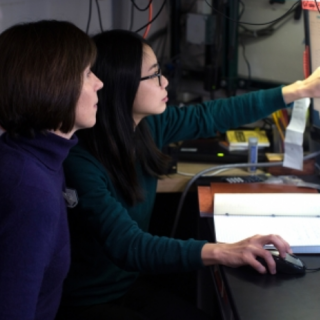
CHESS imaging reveals how copper affects plant fertility
Technological advances making it possible to image micronutrients in plant tissues are giving Cornell scientists additional tools to develop crops that thrive in marginal soils.
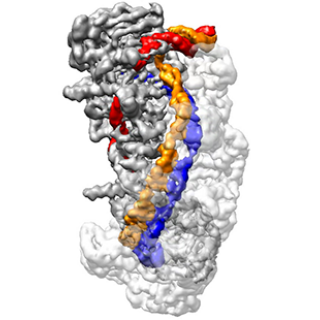
Bringing bacteria's defense into focus
By taking a series of near-atomic resolution snapshots, Cornell University and Harvard Medical School scientists have observed step-by-step how bacteria defend against foreign invaders such as bacteriophage, a virus that infects bacteria.
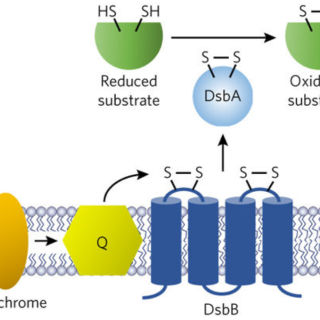
Changing the identity of cellular enzyme spawns new pathway
A previously reported method involving standard recombinant DNA techniques and some novel design principles enabled a team of Cornell chemical engineers to make large quantities of functional integral membrane proteins simply and inexpensively – all without the use of harsh chemicals or detergents, which are typically used today.

Three receive annual Schwartz awards for life sciences
An immunologist, a molecular biologist and a plant scientist have each received awards from the Schwartz Research Fund for Women in Life Sciences, endowed by Joan Poyner Schwartz ’65 and Ronald H. Schwartz ’65.
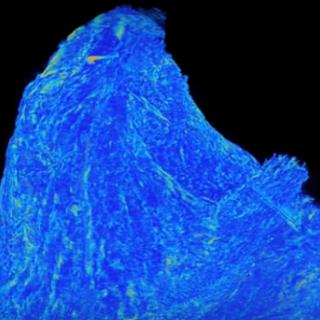
Grape bud imaging
Al Kovaleski, PhD student in the Graduate Field of Horticulture, School of Integrative Plant Science, used X-ray phase contrast imaging to create this video of a grapevine bud.



